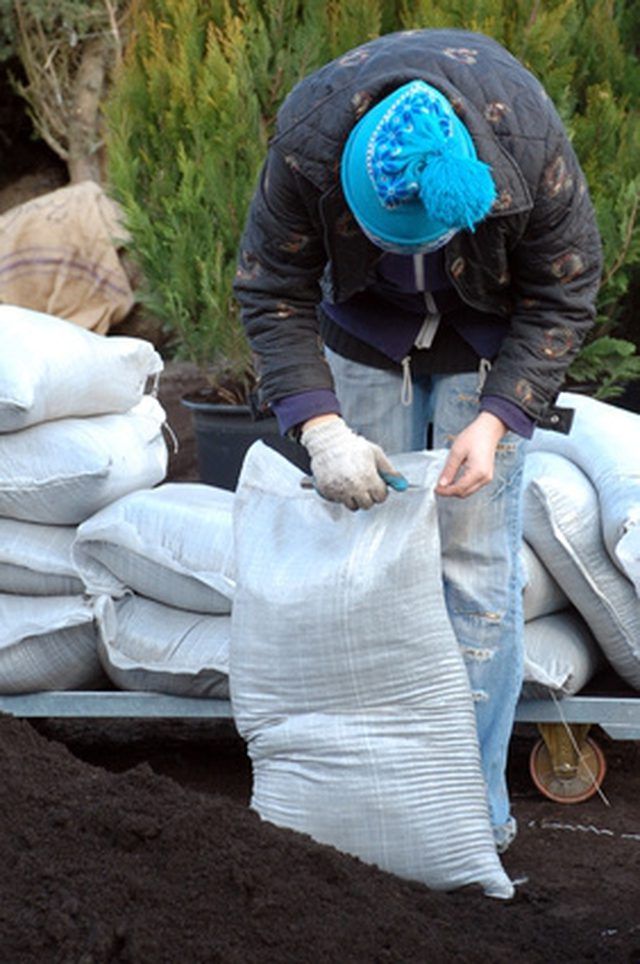Bulbs
Flower Basics
Flower Beds & Specialty Gardens
Flower Garden
Garden Furniture
Garden Gnomes
Garden Seeds
Garden Sheds
Garden Statues
Garden Tools & Supplies
Gardening Basics
Green & Organic
Groundcovers & Vines
Growing Annuals
Growing Basil
Growing Beans
Growing Berries
Growing Blueberries
Growing Cactus
Growing Corn
Growing Cotton
Growing Edibles
Growing Flowers
Growing Garlic
Growing Grapes
Growing Grass
Growing Herbs
Growing Jasmine
Growing Mint
Growing Mushrooms
Orchids
Growing Peanuts
Growing Perennials
Growing Plants
Growing Rosemary
Growing Roses
Growing Strawberries
Growing Sunflowers
Growing Thyme
Growing Tomatoes
Growing Tulips
Growing Vegetables
Herb Basics
Herb Garden
Indoor Growing
Landscaping Basics
Landscaping Patios
Landscaping Plants
Landscaping Shrubs
Landscaping Trees
Landscaping Walks & Pathways
Lawn Basics
Lawn Maintenance
Lawn Mowers
Lawn Ornaments
Lawn Planting
Lawn Tools
Outdoor Growing
Overall Landscape Planning
Pests, Weeds & Problems
Plant Basics
Rock Garden
Rose Garden
Shrubs
Soil
Specialty Gardens
Trees
Vegetable Garden
Yard Maintenance
How to Grow Vegetables in a Bag of Soil
How to Grow Vegetables in a Bag of Soil. Container gardens allow you to grow vegetables in areas where you normally couldn't install a garden bed, such as on patios and paved areas of the yard. But, you don't even need a container to grow a successful vegetable garden. Bags of potting soil can be used as-is to grow a variety of vegetables....

Container gardens allow you to grow vegetables in areas where you normally couldn't install a garden bed, such as on patios and paved areas of the yard. But, you don't even need a container to grow a successful vegetable garden. Bags of potting soil can be used as-is to grow a variety of vegetables. Shallow-rooted vegetables, such as lettuce and spinach plants, work best with this method. The bag method can also be used to start vegetable seeds of deeper rooting vegetables like tomatoes and peppers. After these vegetables are rooted, transplant them to larger containers or into the garden bed.
Things You'll Need
Bog of potting soil
Knife
Seeds or seedlings
Fertilizer
Lay a bag of potting soil down flat. Poke holes every 4 inches in rows over the bag, then flip it upside down so the holes are on the bottom. The holes allow excess water to drain from the soil.
Cut a small X where you will plant each vegetable seed or seedling. In general, if you are growing vegetable seeds for transplanting, space them 4 inches apart in all directions. If you are planting lettuce or other crops you plan to grow on to maturity in the bag, space the seeds or seedlings so there are two to four plants per bag.
Plant one to two seeds per X-cut to the recommended depth, usually to a depth that is twice the seed's width. Plant one seedling per cut at the same depth it was growing in its nursery pot.
Water the soil until the excess moisture just begins to drain from the bottom of the bag. The plastic soil bag retains moisture so it may not require as frequent watering as a pot does. Check the moisture of the soil by sticking your finger into one of the planting holes and water when the soil begins to feel dry.
Mix 2 cups of 10-20-10 analysis fertilizer with 1 gallon of warm water. Mix 2 tablespoons of this with one gallon of water and water the bag with this diluted solution once every week to replenish the nutrients in the soil.
Tips & Warnings
Tomatoes, potatoes and other long-rooted plants can be grown to maturity in bags that are propped upright against a wall or fence. Plant only one of these plants per bag.
Set the bags in an area that receives at least six hours of sunlight so the plants receive the light they need.
Drainage can be a problem in plastic bags. Avoid setting the bags in areas where water tends to collect.